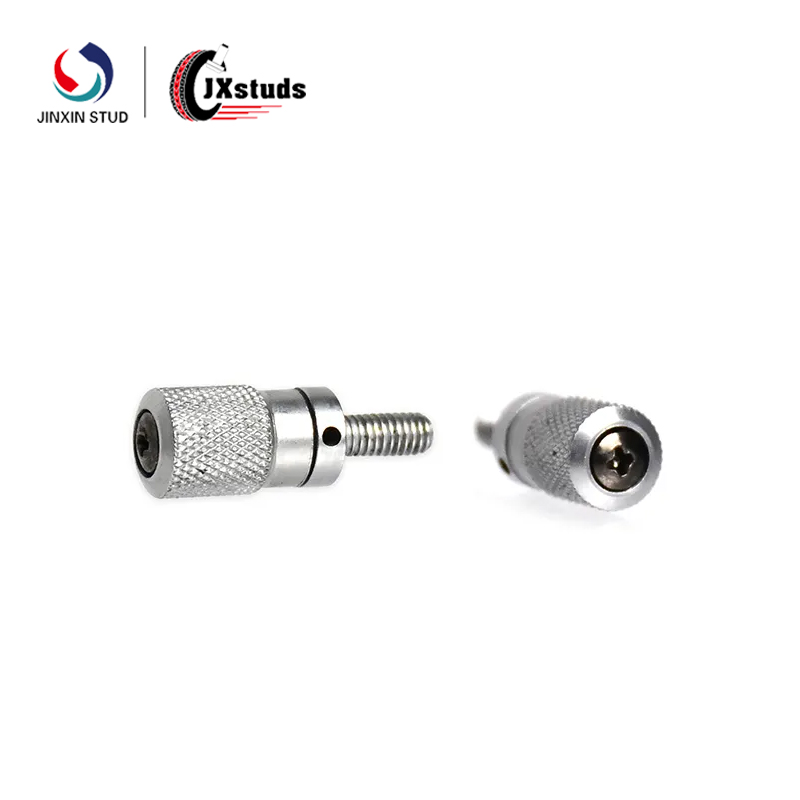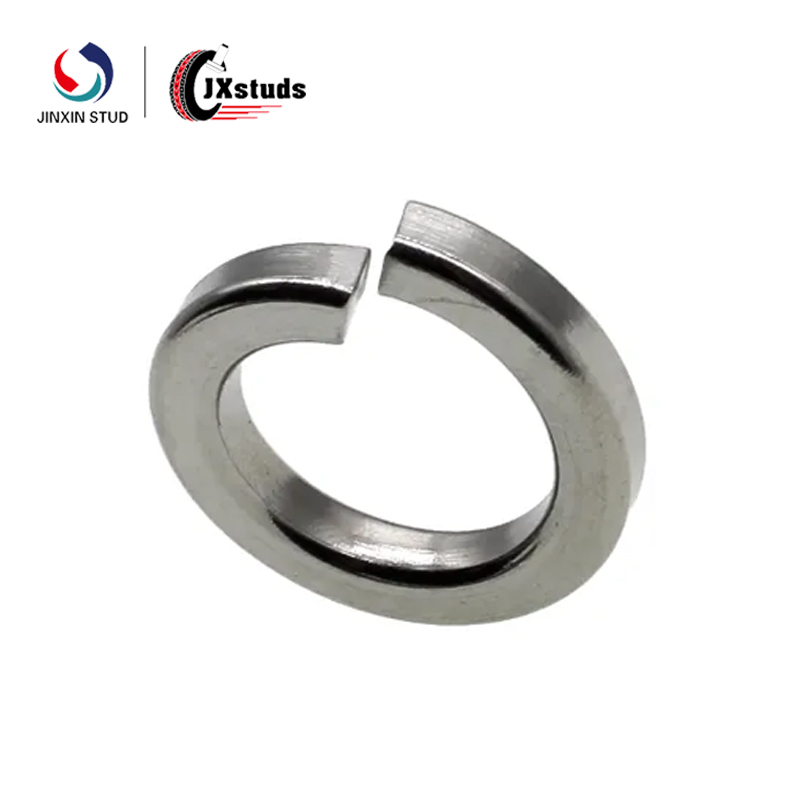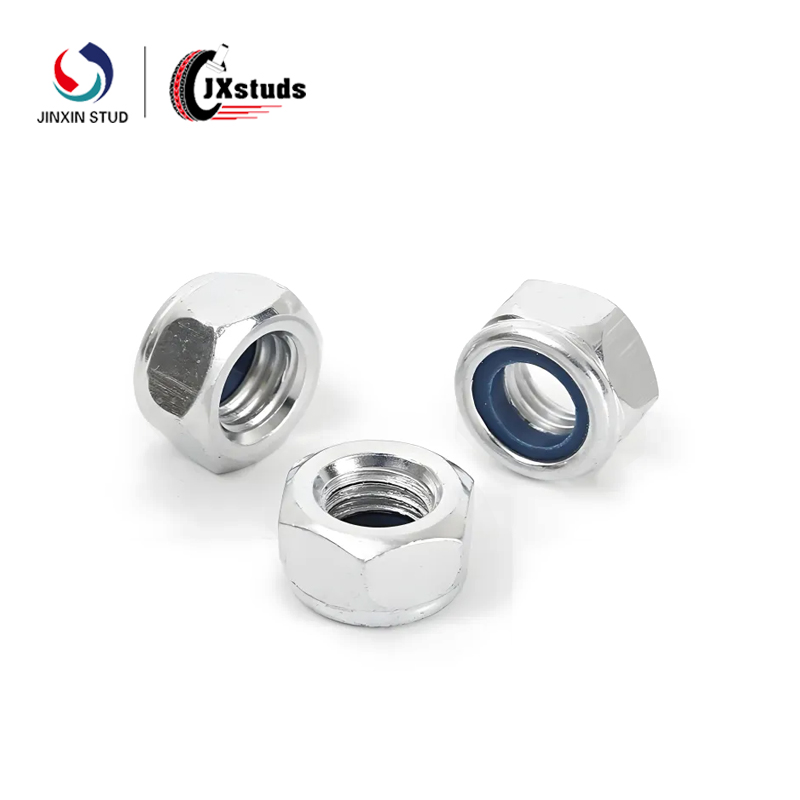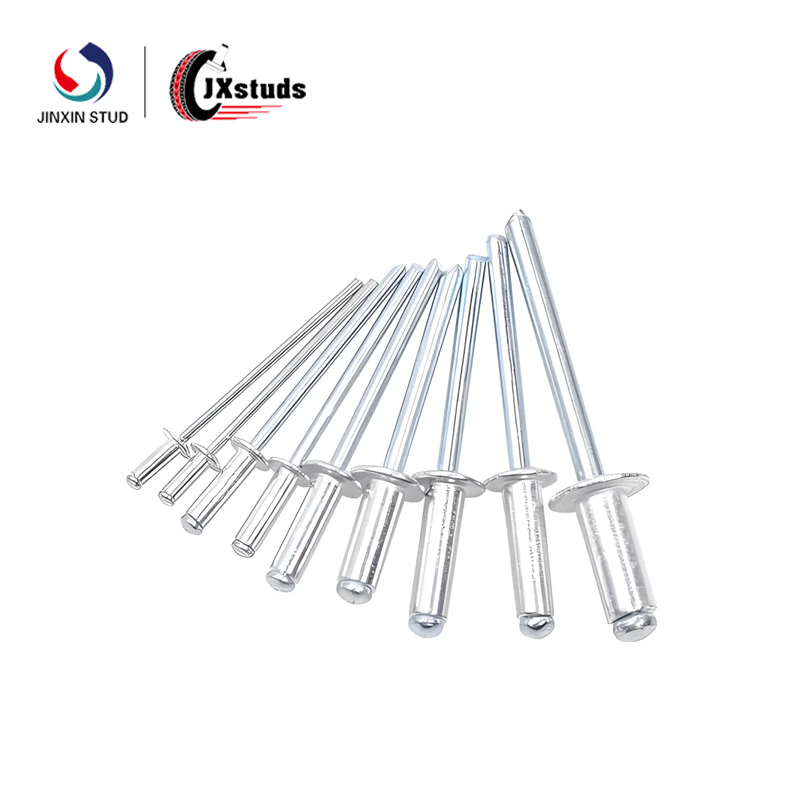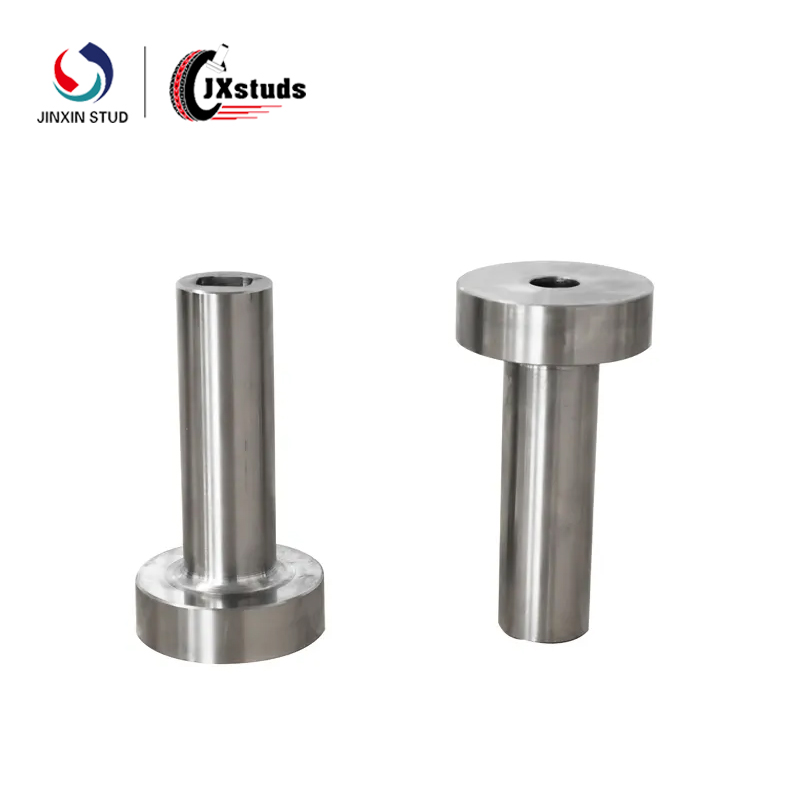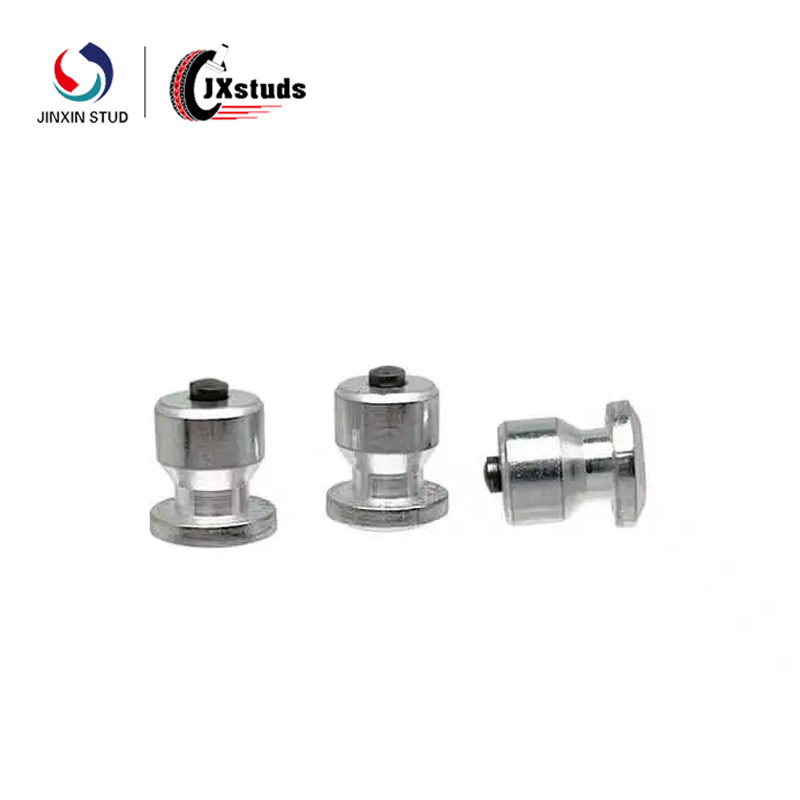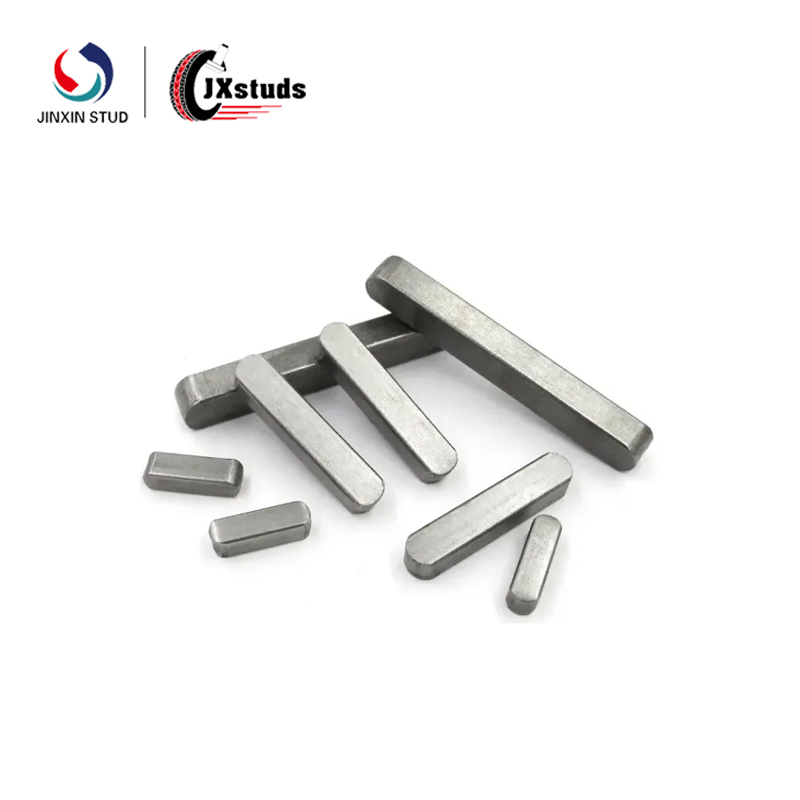Cold heading and die casting are two different metal working processes, and there are many differences in their principles.
Cold heading is a kind of processing method to get the parts or semi-finished products with required shape and size by applying axial pressure on metal materials in the mold cavity under normal temperature with the help of mold and press. For example, by feeding, upsetting and extruding the cylindrical metal wires through the cold heading machine, various kinds of fasteners with regular shapes such as bolts and nuts can be processed. In this process, the metal material only occurs the shape change, its organization and performance basically remain unchanged, mainly relying on the plastic deformation ability of the metal itself to realize the processing.
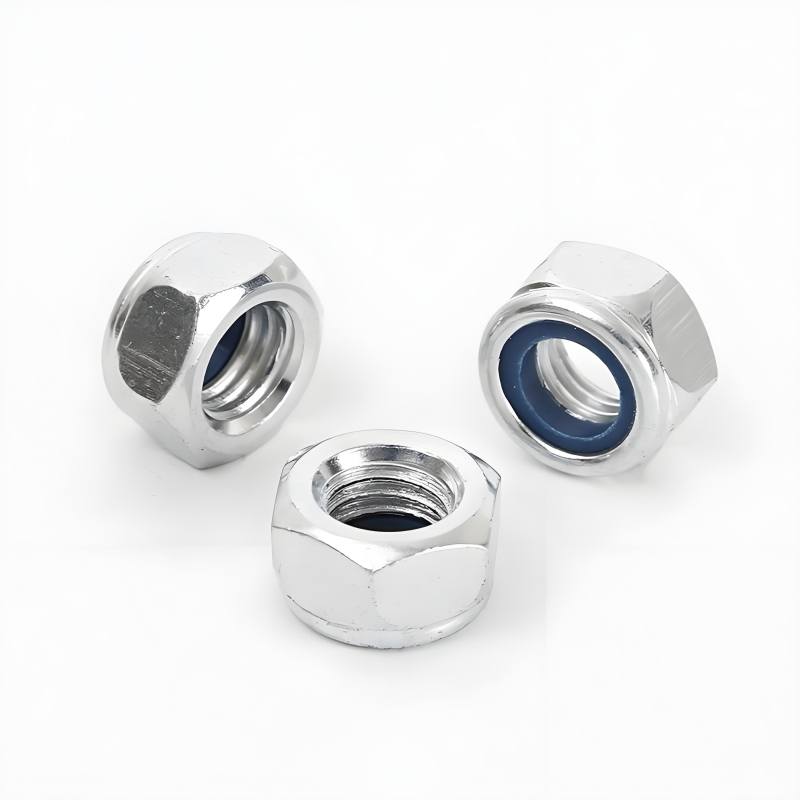
Common fastener products, such as bolts, nuts, rivets, pins, etc., are almost all manufactured through the cold heading process. You can contact us if you need fastener products.
Die casting is the liquid or semi-liquid metal, under high pressure to fill the cavity of the die casting mold at a high rate, after holding pressure, cooling and solidification stages, the final formation of a certain shape, size and accuracy requirements of the parts of the processing technology. For example, die-casting production of aluminum alloy automobile engine block, first aluminum alloy raw material melting, through the die casting machine pressure injection system will liquid aluminum alloy quickly injected into the mold cavity, to be cooled and solidified molding after opening the mold to take out the parts. Die casting process involves metal melting, flow and solidification and other physical state changes, and need to rely on the mold's accurate modeling to ensure the molding quality of the parts.



